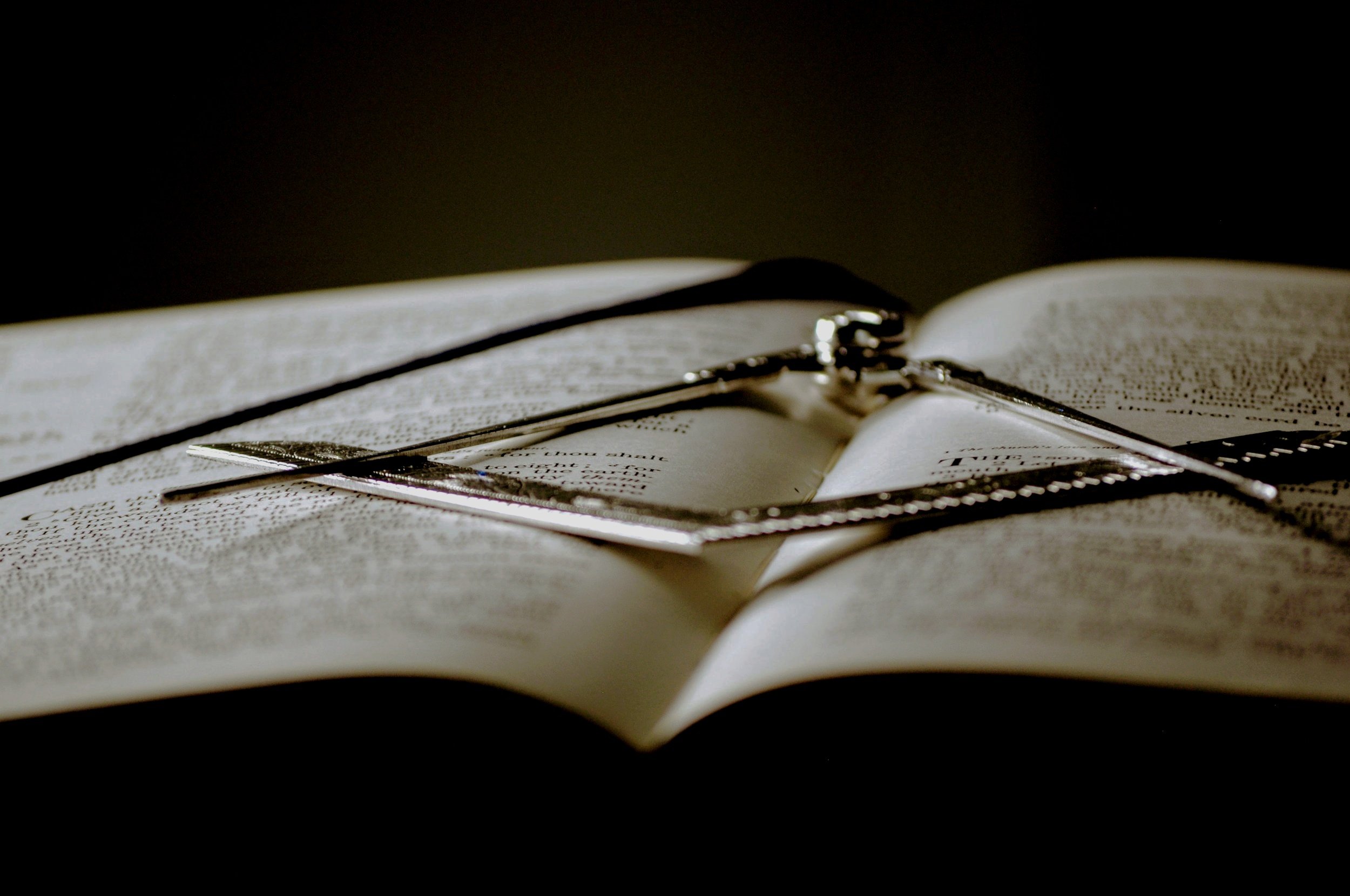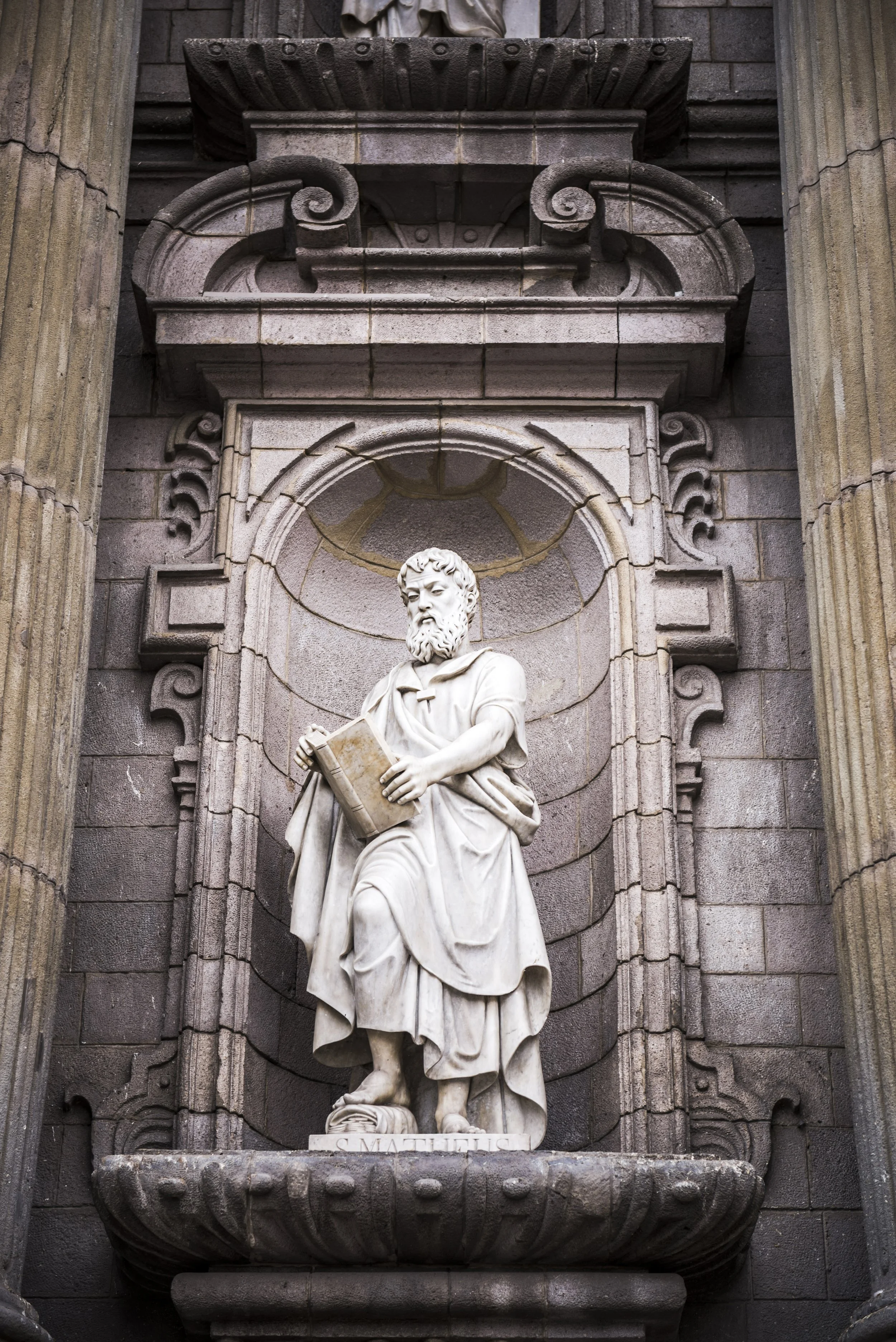
The Tennessee Lodge of Research, F. & A. M., is a subordinate lodge instituted to foster and expand knowledge of the history and philosophy of the craft by encouraging masonic study and research, thereby assisting the Grand Lodge in its diffusion of masonic light and education by publishing masonic information and educational material. It was formed in 1983 and received its charter in 1985.
About TNLOR
Learn
Articles
Preview a handful of articles written by Tennessee Lodge of Research Masonic Scholars
Videos
Watch a few publicly available videos by Tennessee Lodge of Research Masonic Scholars
TN Masonic Academy
Learn all about the Tennessee Masonic Academy, and how to submit a paper.
Links
Check out our recommended useful external websites and publications.






